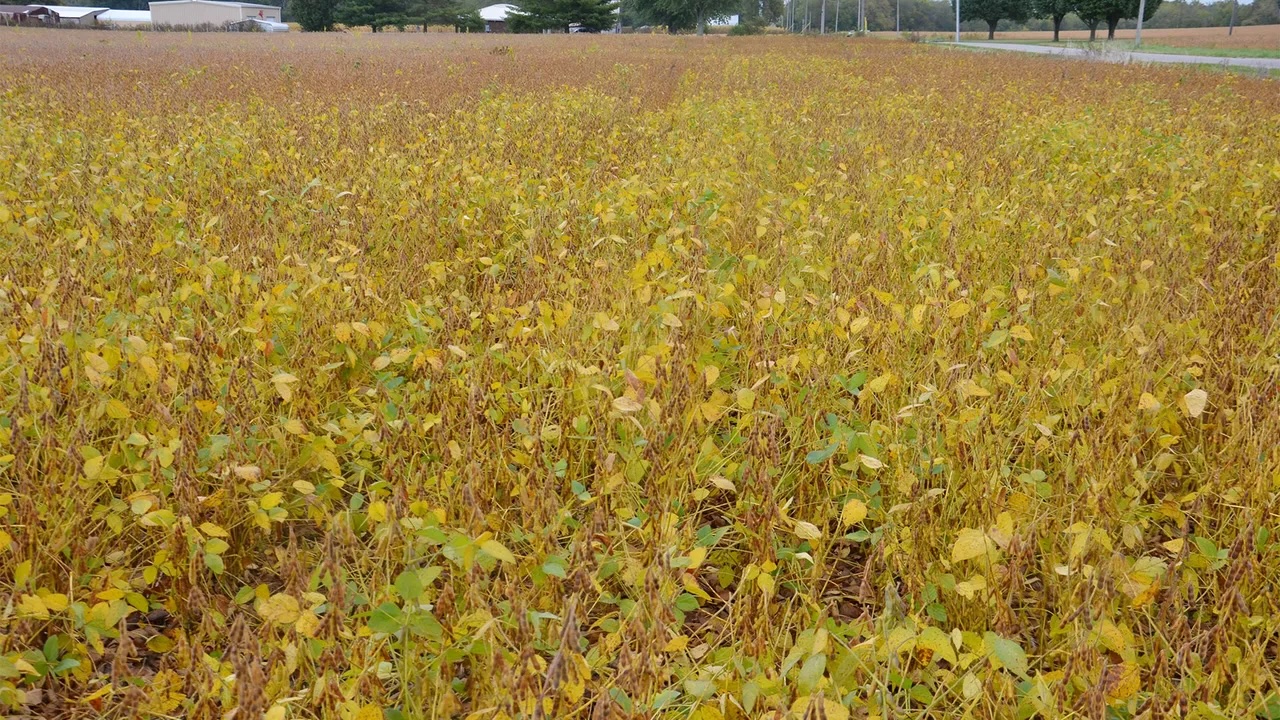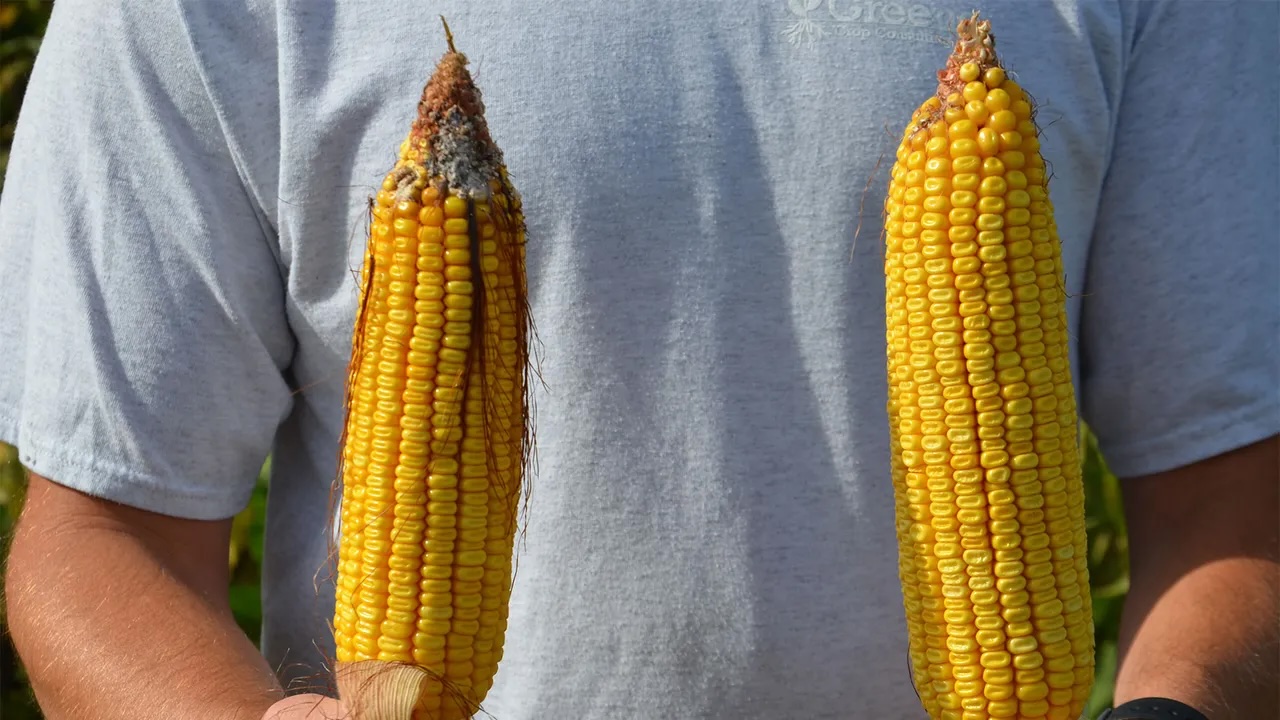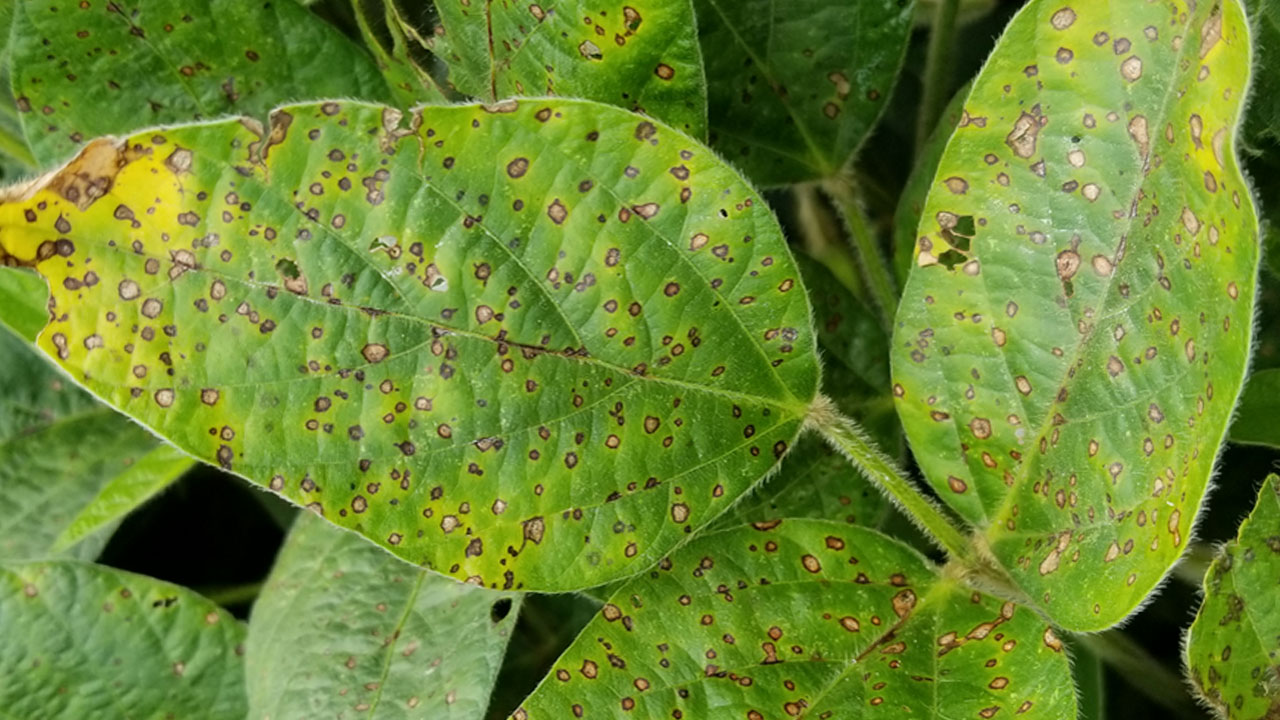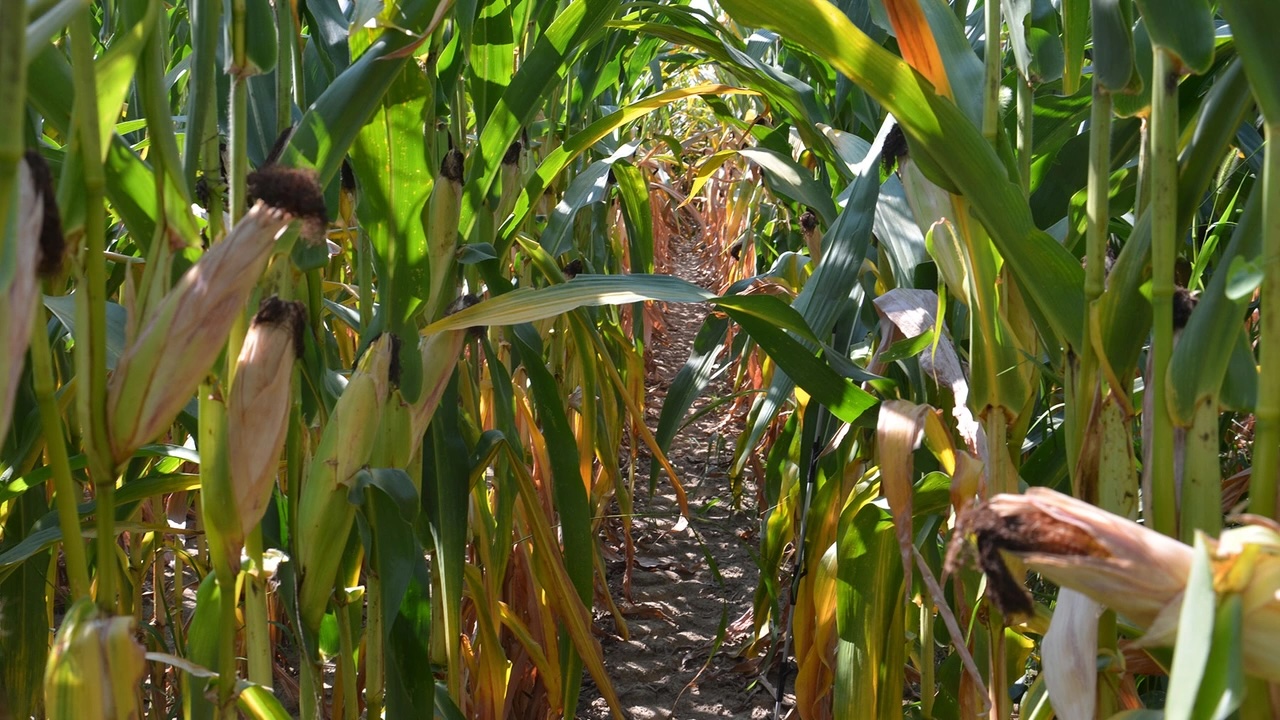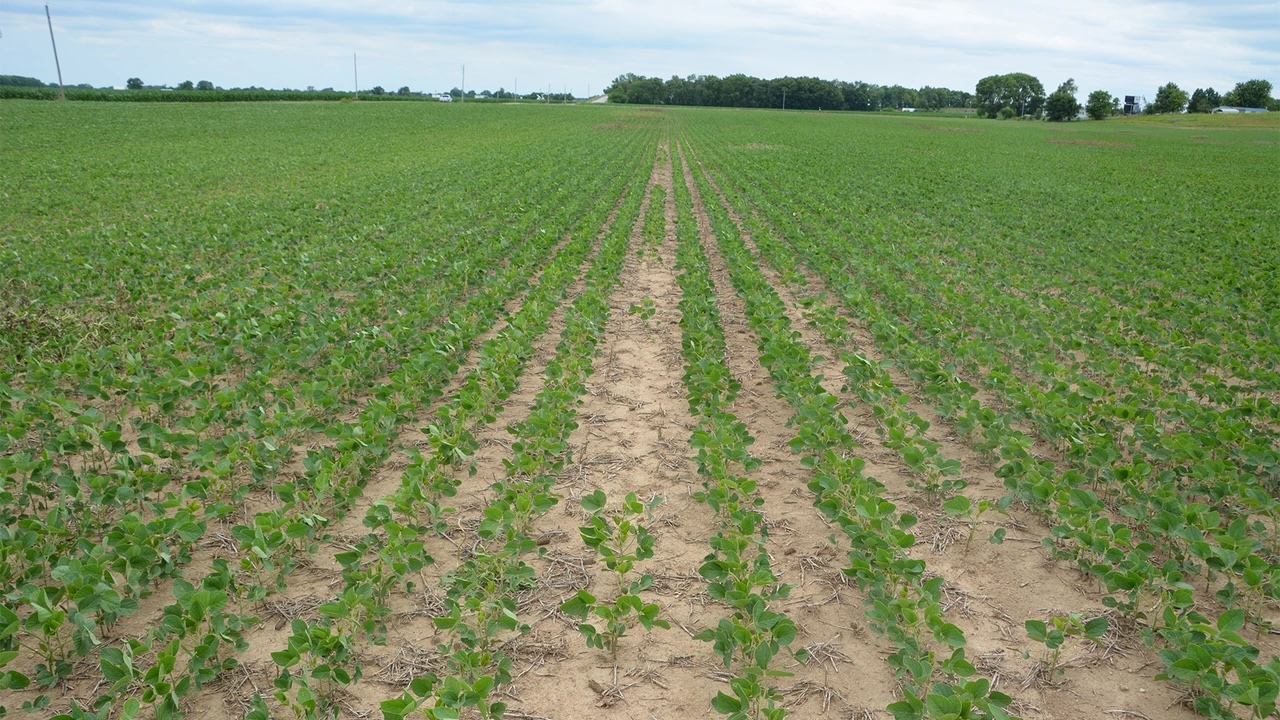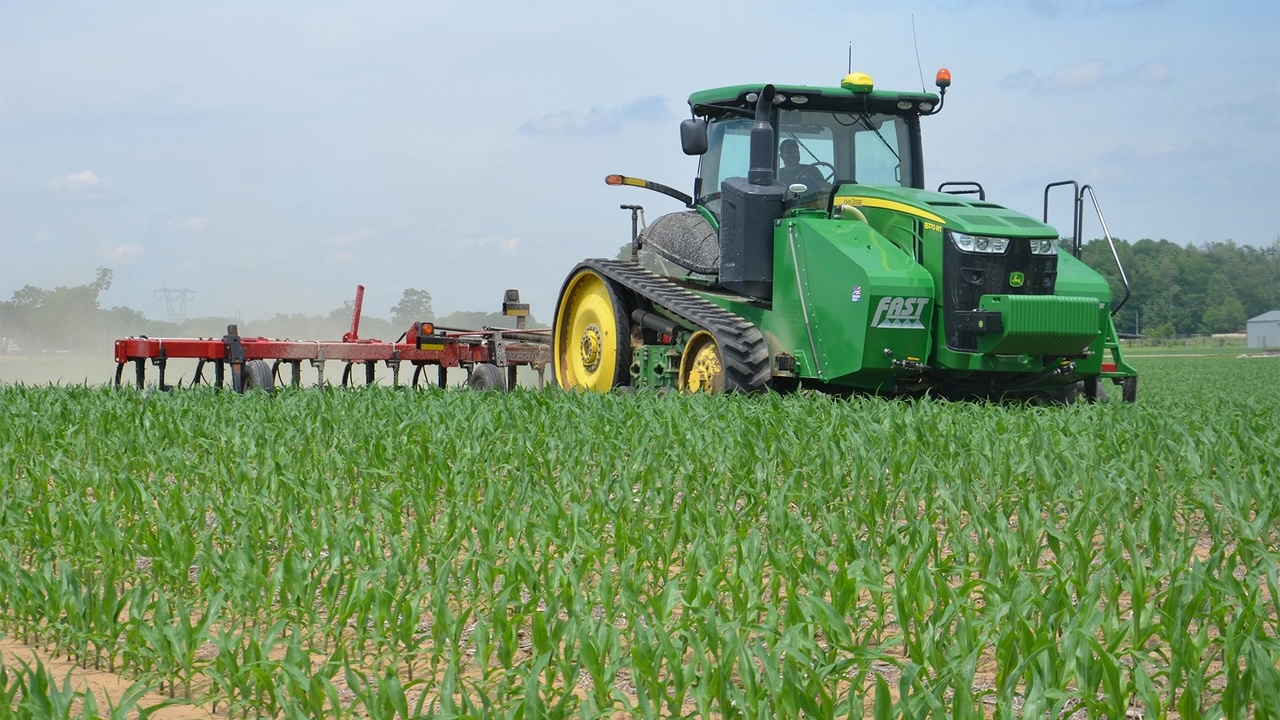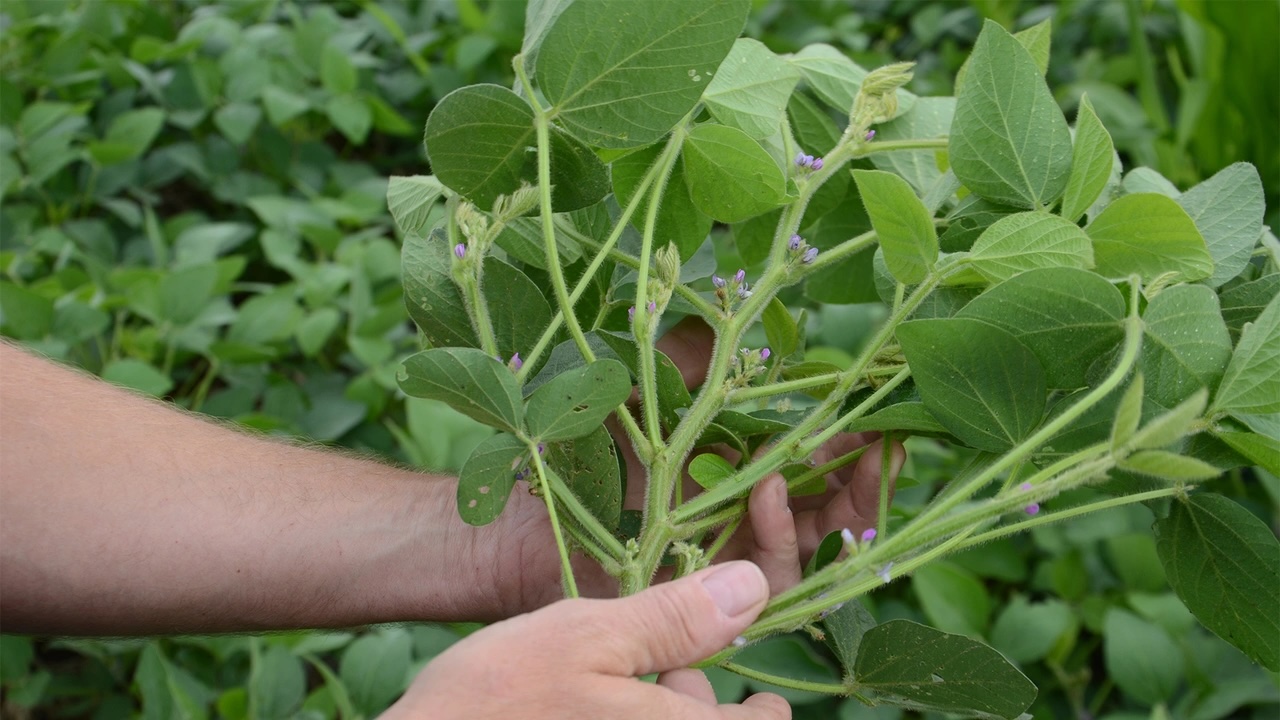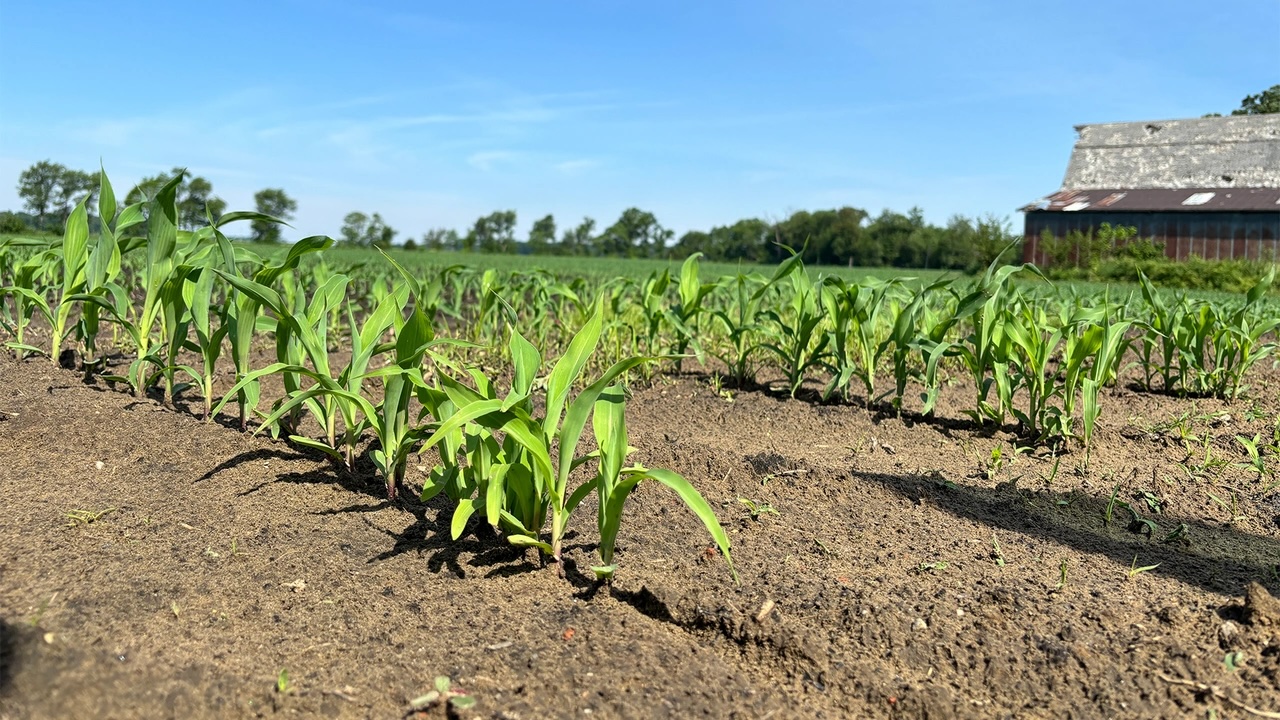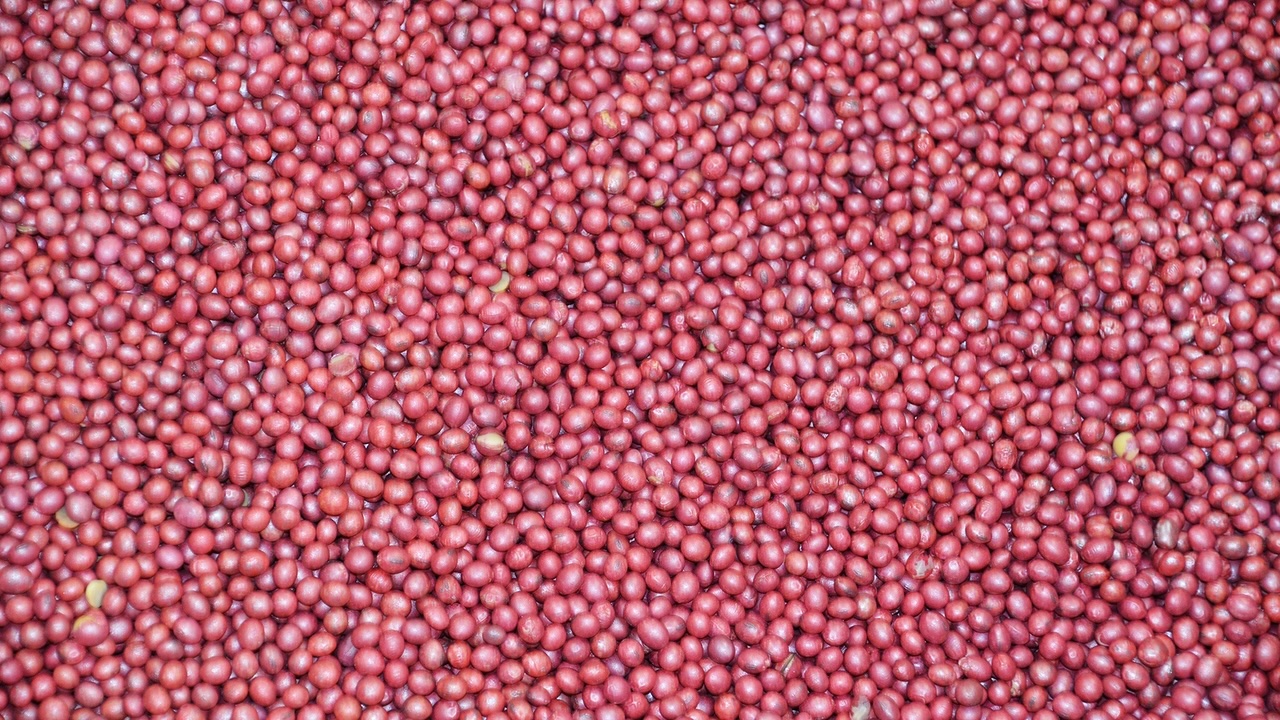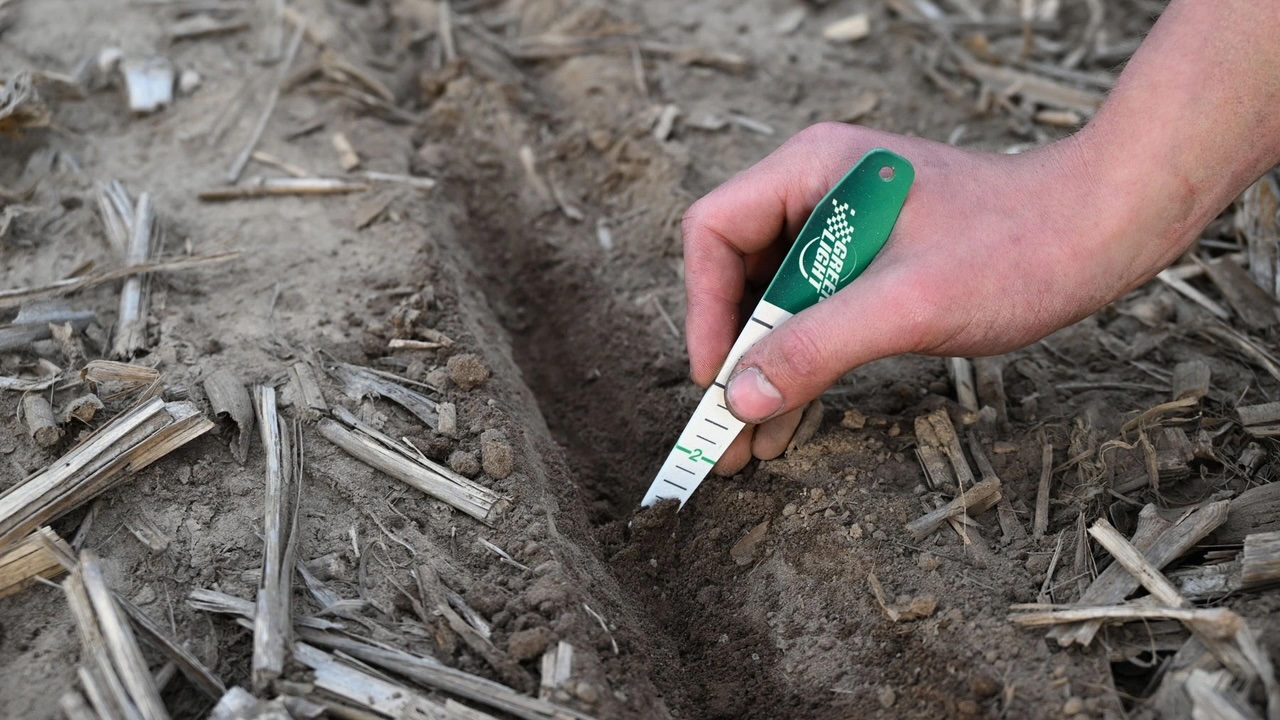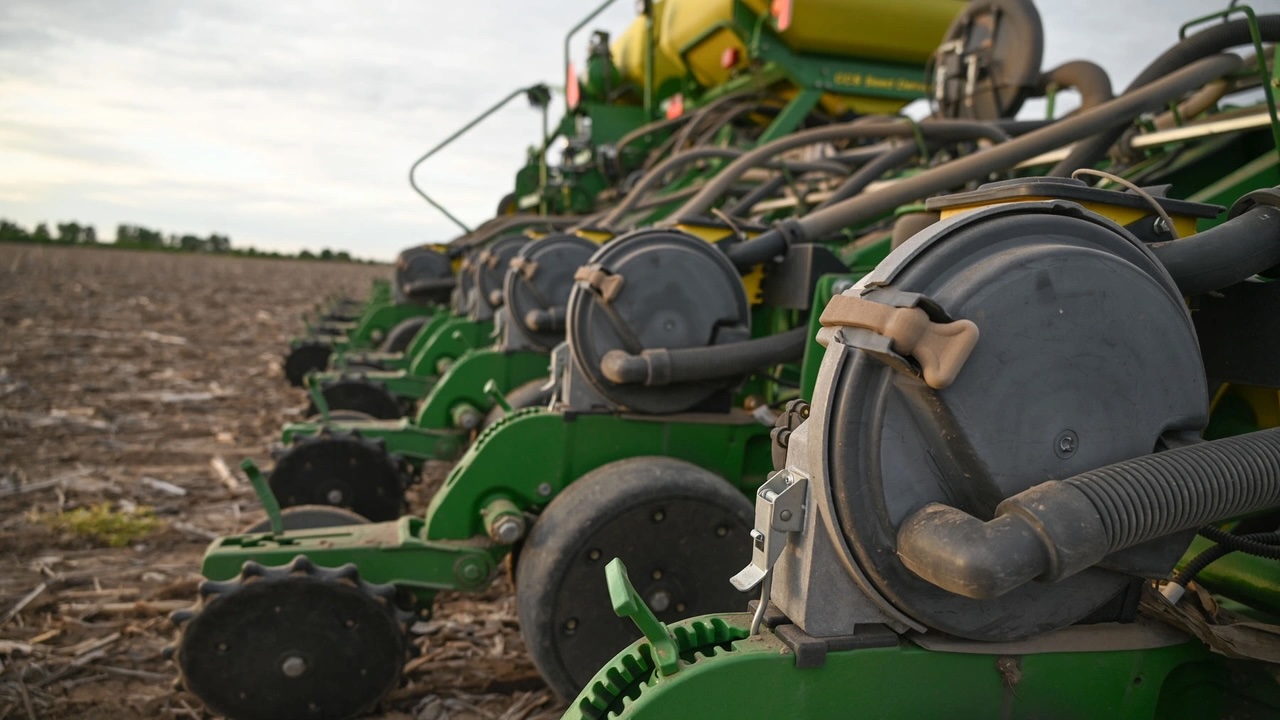When, where corn leaves change color is important
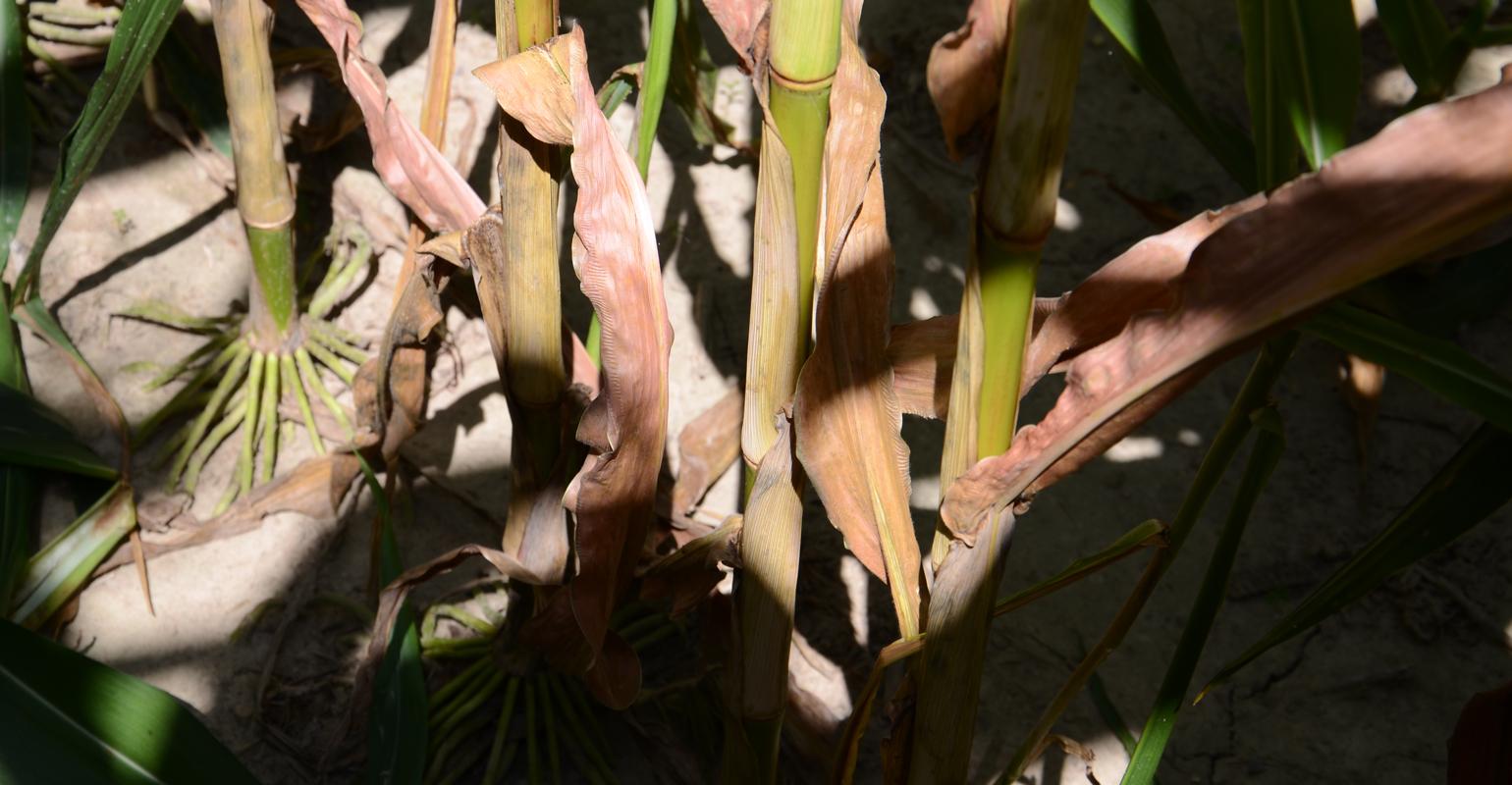
Corn Corner: Changing leaf color late in the season can indicate disease or nutrient deficiency.
Jul 07, 2021
My corn is headed toward maturity. I’m seeing brown edges on some lower leaves in spots and yellowish-brown leaf tips in other places. Are those nutrient deficiencies? Can I expect a yield hit?
The Indiana certified crop adviser panel answering this question includes Betsy Bower, Ceres Solutions, Lafayette; Jamie Bultemeier, agronomist, A&L Great Lakes Lab, Fort Wayne; and Andy Like, farmer and CCA, Vincennes.
Bower: It sounds more like a disease than nutrient deficiency. Most nutrient deficiencies would have shown much earlier. You could be describing anthracnose. There are three different phases: leaf blight phase, top dieback and stalk rot phase. Anthracnose can get started early and can be found as nondescript, oval to spindle-shaped necrotic areas on lower leaves. The leaf blight phase is not too damaging, but it becomes more damaging as it moves up the plant with rain splash movement of spores.
A fungicide applied around R1 can stop the disease from progressing for three to four weeks, depending on the fungicide. Fungicides can also help maintain plant health and reduce susceptibility to anthracnose stalk rot and other stalk rot pathogens.
By the time you see top dieback, the disease has already done its damage, and there could be a yield hit. As the corn nears harvest, it will be important to monitor for the stalk rot phase by doing the push test. If the stalk breaks easily with an easy push on over 50% of the stalks, be prepared to harvest as soon as you can.
Bultemeier: When corn plants take up nutrients from the soil, some nutrients are taken up in rates greater than needed in preparation for periods of rapid growth and grain fill. These are often mobile nutrients, meaning they can move from one part of the plant to another. As nutrient demands of grain fill increase, often during dry weather, that reduces root uptake of nutrients. Nitrogen and potassium are often remobilized from the lower stalk and leaves to support grain fill. Lower leaves also provide less of the overall plant’s photosynthetic production in a field with good canopy closure.
The yellowing margin of lower leaves indicates potassium deficiency. Yellowing extending down the midrib indicates nitrogen deficiency. Nitrogen deficiency can lead to crop lodging at harvest. Yellowing of the bottom leaf or two at black layer is expected and identifies that nitrogen and potassium fertilization was not excessive. If yellowing of lower leaves is noticeable early in grain fill or impacting several leaves approaching ear height at black layer, it may impact yield.
Right after black layer, collecting 8-inch segments of stalk 6 inches above the ground for the corn stalk nitrate test can help more definitely diagnose a late-season nitrogen deficiency.
Like: When symptoms show up and where affected leaves are located will tell you if you will have a yield hit. When the plant is approaching black layer, lower leaves often show nutrient deficiencies due to the plant remobilizing nutrients to meet the demand of the ear. This should not normally negatively affect yield. However, if these deficiencies show up higher on the plant and/or 30 to 40 days before black layer, you most certainly can predict a yield hit. Additionally, low soil moisture when nutrient demand is high can induce nutrient deficiency symptoms even when a soil test shows adequate levels.


